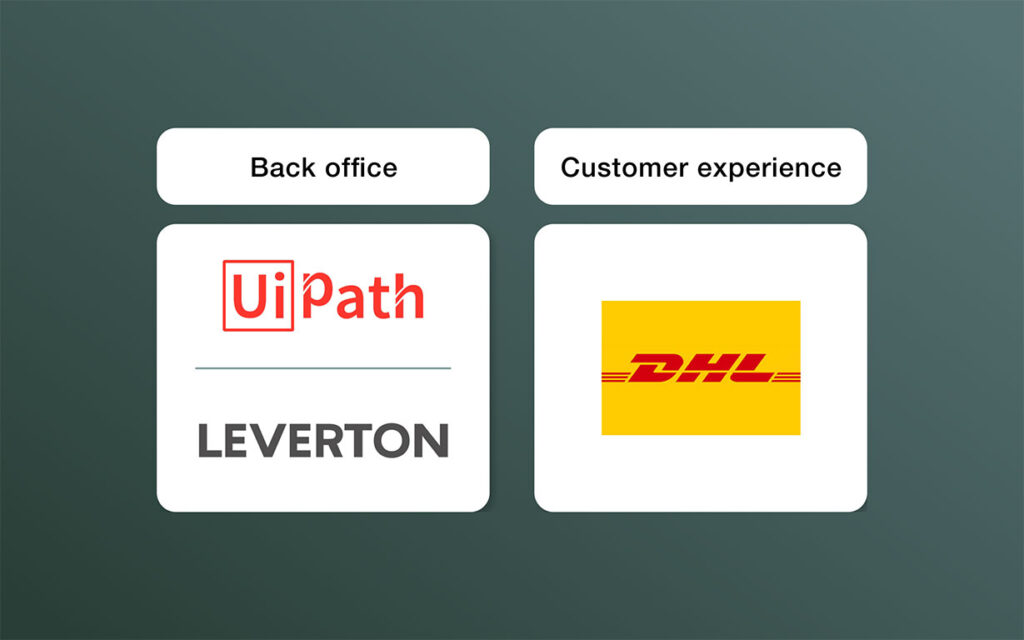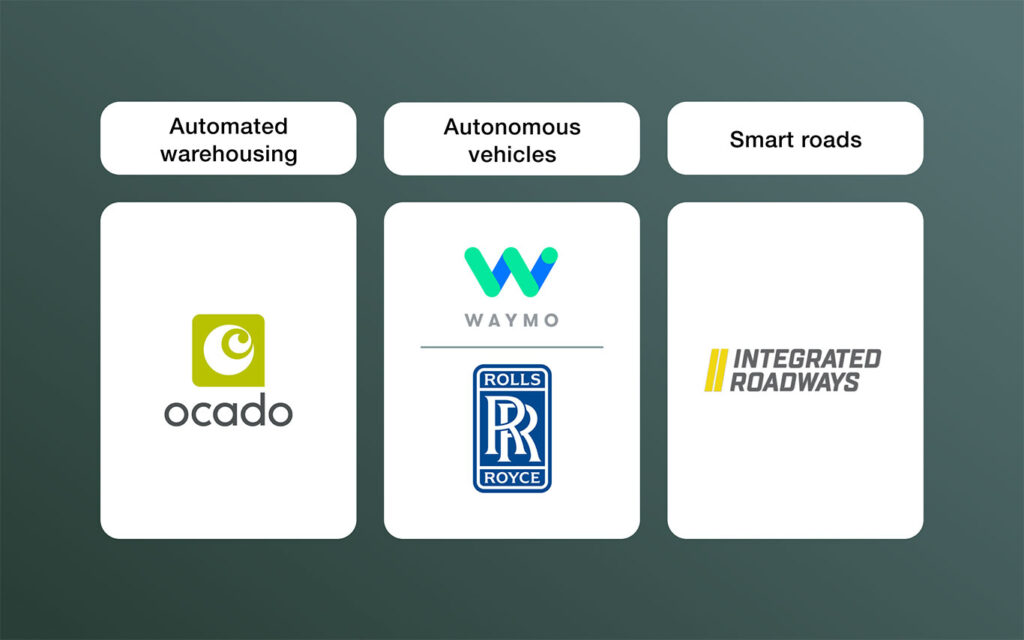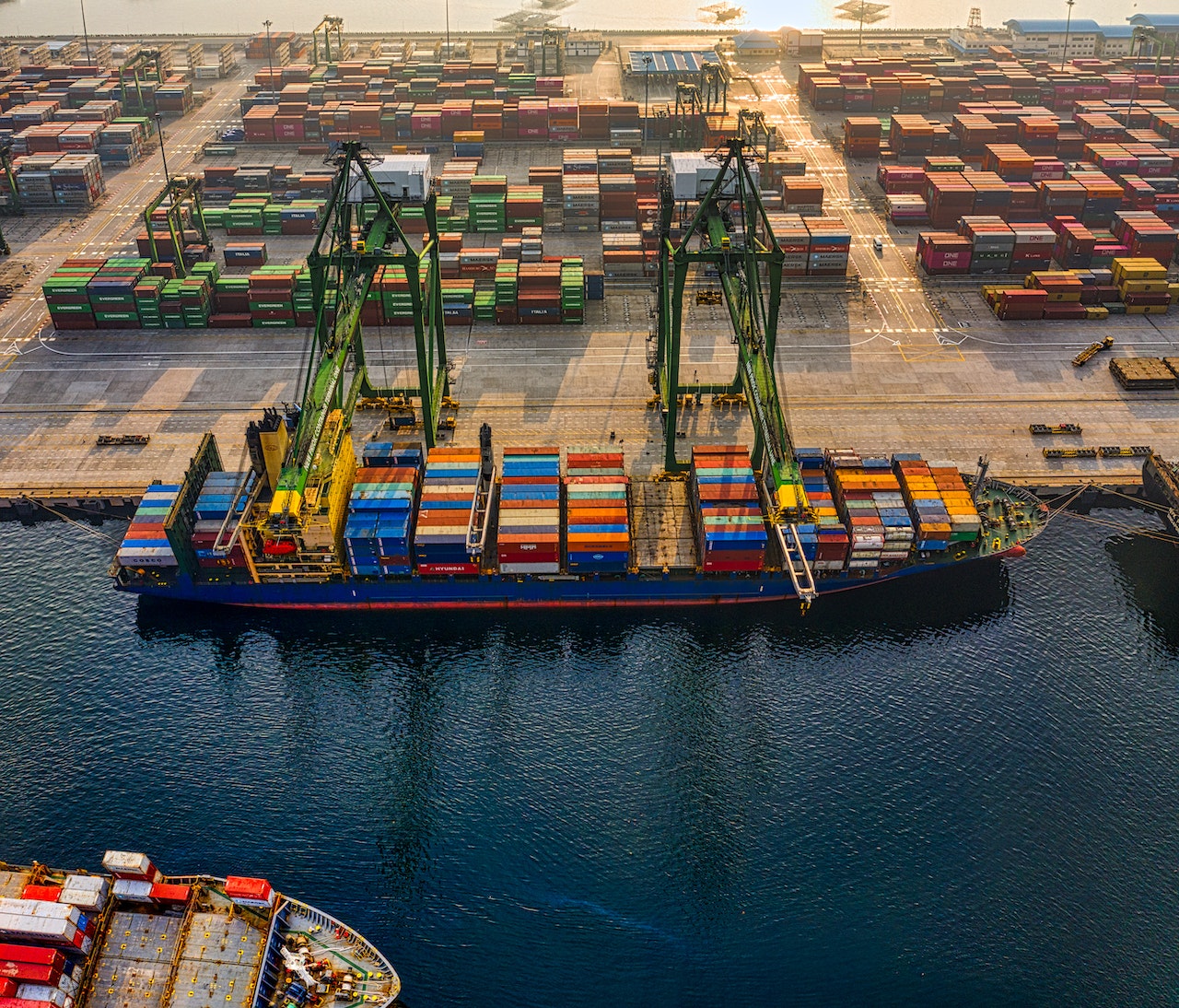The logistics industry is a complex network that involves the transportation of goods and services from one location to another. While the industry has existed for centuries, it is currently undergoing a major transformation due to technological advancements. Artificial intelligence (AI) is one such technology that is revolutionizing the logistics industry by enhancing efficiency, reducing costs, and promoting sustainability. By leveraging AI technologies such as machine learning, computer vision, natural language processing, and robotics, logistics companies can automate their processes, optimize their supply chain, and improve customer service. In this article, we will examine the top five challenges in logistics that AI can solve, and explore how these technologies are changing the industry.
Predictive Maintenance
Predictive maintenance is one of the most important problems that AI can solve in logistics. The logistics industry relies heavily on trucks, ships, planes, and other vehicles to transport goods across the world. These vehicles require regular maintenance to ensure that they operate at peak efficiency and avoid breakdowns that could delay shipments, helping get the most out of your freight management system.
Logistics companies use predictive maintenance to extract real-time data from sensors and other sources to monitor the health of their vehicles and predict when maintenance is required. This helps companies reduce downtime, optimize maintenance schedules, and extend the lifespan of their vehicles.

DHL, the world’s largest logistics company, is using AI to predict when maintenance is required on its fleet of trucks. By analyzing data on factors such as mileage, fuel consumption, and engine performance, DHL can identify potential issues before they cause a breakdown.
Route Optimization
Streamlining the route is another important problem that is addressed by AI. The logistics industry is all about getting goods from one place to another as quickly and efficiently as possible. This requires careful planning of routes that take into account factors such as traffic, road conditions, and delivery deadlines.
Using AI-powered route optimization, businesses can use algorithms to find the fastest and most efficient routes for their shipments. Thus, enterprises reduce transportation costs, improve delivery times, and reduce the carbon footprint of their operations. That’s why it’s a great option to use AI to implement a supply chain management system and streamline the company’s performance as well.
Among the popular examples, we can mention UPS. It is one of the world’s largest logistics companies, which is using AI to optimize its delivery routes. By analyzing data on traffic patterns, road closures, and other factors, UPS can find the most efficient routes for its drivers, reducing fuel consumption and cutting delivery times.
Inventory Management
This is another critical challenge businesses overcome with AI in this market sector. Logistics companies need to maintain the right level of inventory to meet customer demand while avoiding overstocking, which can lead to waste and increased costs.
Therefore, companies can apply machine learning algorithms to analyze data on customer demand, inventory levels, and sales trends. As a result, businesses optimize their inventory levels, reduce waste, and improve their customer service.
We all know Amazon, which is the world’s largest online retailer, is using AI to manage its inventory. By analyzing data on customer behavior, sales trends, and inventory levels, Amazon can predict which products will be popular and adjust its inventory levels accordingly.
Warehouse Management
Wondering how AI can help with this? Warehouses are a critical part of the logistics industry, where goods are stored, sorted, and prepared for shipment. Efficient warehouse management is essential for ensuring that shipments are processed quickly and accurately.

This ensures logistic businesses with the opportunity to use computer vision, machine learning, and robotics to automate many of the tasks involved in warehouse operations. Consequently, organizations reduce labor costs, improve accuracy, and increase the speed of order fulfillment.
Alibaba, the Chinese e-commerce giant, has implemented AI-powered robots to automate various tasks in its warehouses. These robots are capable of sorting, packing, and shipping goods without any human intervention, resulting in a reduction in labor costs and an improvement in overall efficiency.
Customer Service
Logistics companies face a crucial issue in customer service, which can be resolved through the use of AI. In today’s fast-paced society, customers demand immediate satisfaction, and logistics firms are expected to provide fast and precise solutions to their inquiries and grievances.
By utilizing AI-based customer service, logistics companies can implement chatbots and natural language processing to automate their customer service tasks. This solution aids in decreasing response times, enhancing accuracy, and offering round-the-clock customer support.
Let’s consider how AI helps FedEx. A renowned global logistics firm is an instance of a company utilizing AI-driven chatbots to manage customer queries and complaints. These chatbots have the capability to comprehend natural language and offer precise responses, thereby alleviating the burden on customer service representatives.
All in all, artificial intelligence holds the potential to address several significant challenges in the logistics sector. The mentioned points are some of the key areas where AI can play a pivotal role. With the continued advancements in AI technologies, we can expect more benefits for logistics companies in the future. By adopting innovative technologies such as AI, logistics companies can improve their services, cut down costs, and increase sustainability, keeping them ahead of the game.
Photo by Tom Fisk



